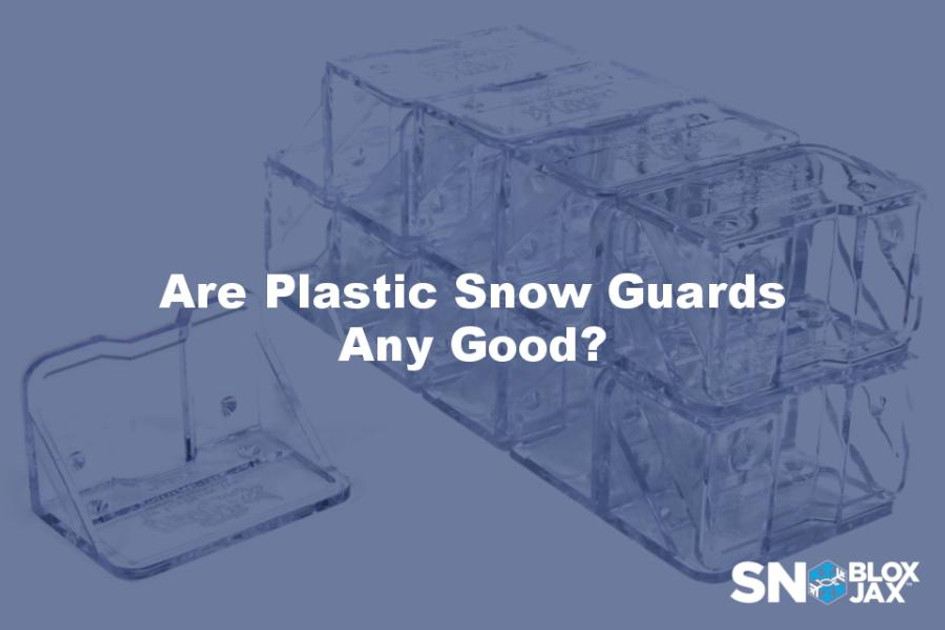Are Plastic Snow Guards Any Good?
Posted by Derek Gamble - SnoBlox-Snojax Specialist on Mar 4th 2024
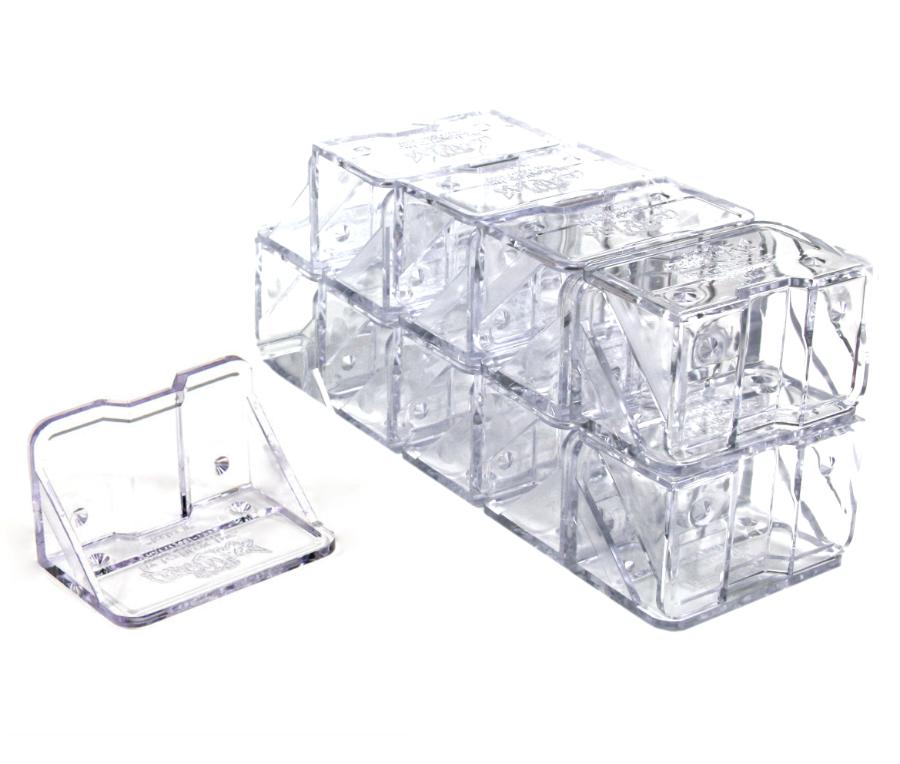
Selecting the appropriate snow guard system is crucial for safeguarding your roof against the dangers of sliding snow and ice. With many companies offering snow guards and snow retention systems in various shapes, sizes, materials, and attachment methods, making the right choice can be daunting. In this blog, we'll focus on a type of snow guard often unfairly criticized: polycarbonate or plastic snow guards. Regrettably, these guards are frequently the target of unwarranted hate, typically stemming from ignorance about the product. Critics may claim they need more strength to stay secured on the roof, often overlooking factors such as installer error or the use of inferior materials used to manufacture knockoff versions. Today, we aim to educate you and your customers to put your minds at ease. As the originators of polycarbonate snow guards, we bring substantial expertise to this discussion.
What Are Plastic Snow Guards?
Plastic snow guards, such as the SnoBlox Deuce, Snojax II, and SnoBlox Ace, are individual units designed to prevent ice and snow on metal roofs from avalanching onto people, pets, and property below, thus enhancing safety. Plastic snow guards are typically manufactured from clear polycarbonate material. Most plastic snow guards can be adhesive-mounted or mechanically mounted on metal rooftops. Many of today's most popular models feature dual faces that allow the installers flexibility during installation on various panel shapes and types. A great example is our Icejax II, which has a flat face and a ridged face, allowing it to be mounted straddling a minor rib of an R-Panel, PBR panel, or Ag Panel.
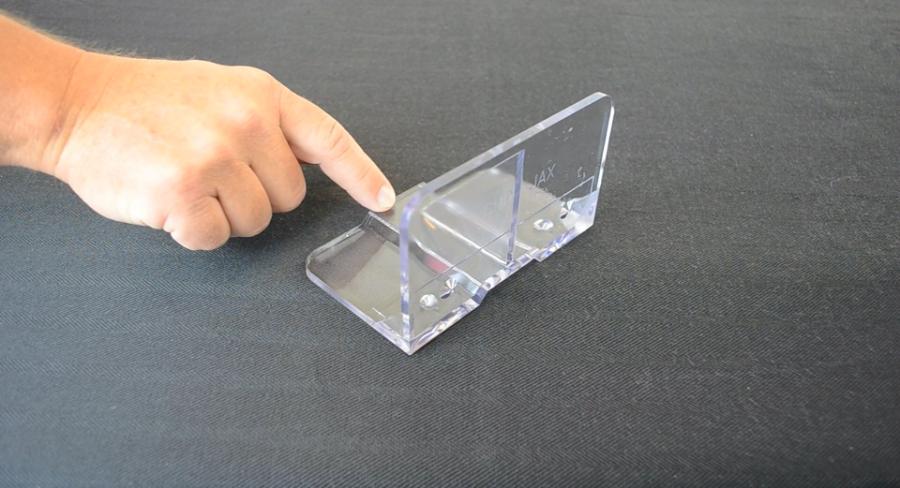
Why Do Plastic Snow Guards Get A Bad Reputation?
Cheap Imitation Snow Guards Are Often Made From Substandard Materials
Knockoff snow guards of inferior quality may be manufactured using substandard materials and production techniques. This approach heavily relies on creating products that mimic authentic ones for the untrained eye. While these replicas may resemble genuine products, they often lack the durability and reliability of well-established snow guard brands. Using inexpensive materials, frequently sourced from overseas, can compromise the guard's ability to endure harsh winter conditions, leaving your roof vulnerable to potential damage. Established snow guards are made from premium materials manufactured in the USA, ensuring prolonged durability and effectiveness in protecting your roof against snow slides. For instance, knockoff clear plastic snow guards may be manufactured from brittle acrylic plastic rather than the far more durable polycarbonate, known for its superior strength and longevity. Just because two snow guards appear clear does not mean they are identical. As a consumer, it is so important for you to do your homework.
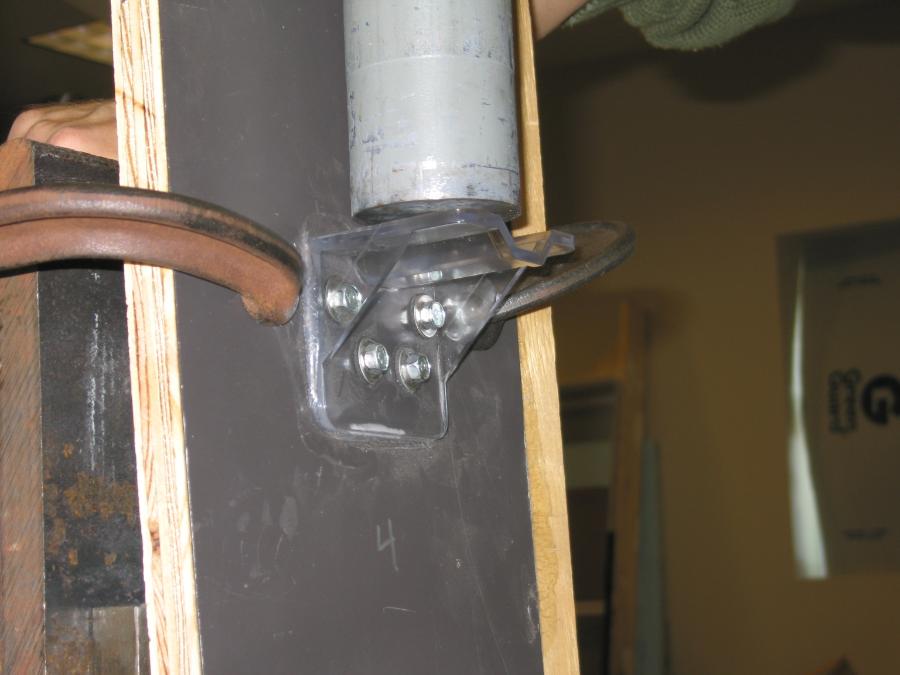
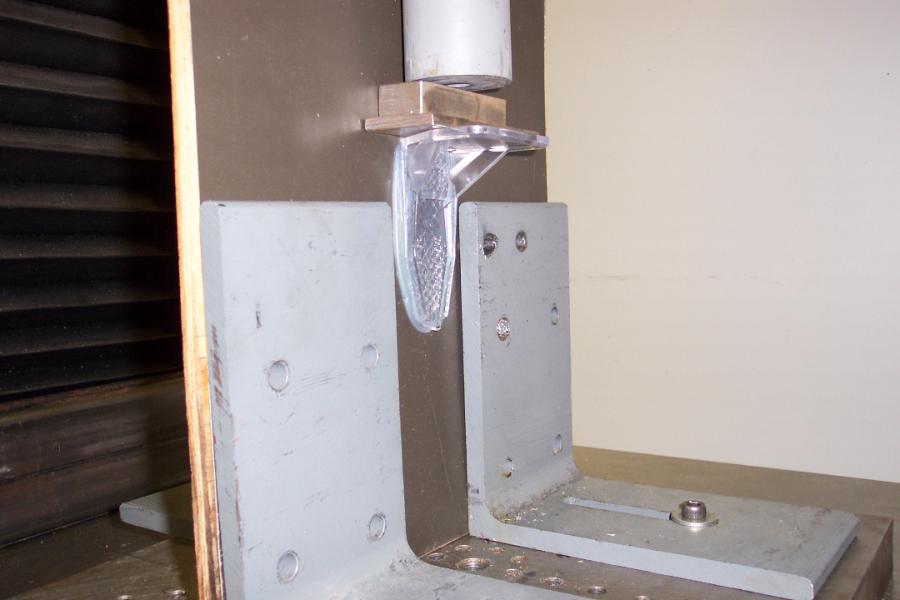
Not All Plastic Snow Guards Are Tested and Certified
Genuine, authentic snow guards from reputable manufacturers undergo thorough independent laboratory testing to ensure compliance with industry safety and performance standards. Conversely, cheaper imitations may undergo a different level of scrutiny. In the quest for cost reduction and higher profits, some companies may opt for suppliers from countries with lenient or absent regulations, leaving roofs vulnerable to snow guard failure. The lack of proper testing and certification exposes roofs to risks, as these replicas may offer different protection than established products during severe weather conditions. This scenario emphasizes the importance of informed decision-making. Opting for certified snow guards ensures your roof has a dependable and proven solution. Requesting access to testing data before investing in a snow guard system is crucial. Our testing data is readily available and easily accessible. Without such data, architects and engineers lack essential information for designing snow guard layouts and establishing project specifications for potential bidders.
When properly installed, plastic snow guards exhibit exceptional strength.
Through rigorous laboratory testing, our polycarbonate snow guards unequivocally demonstrated their robustness. A prime example of this durability is our Icejax II, which boasts an impressive rating of 1,561 pounds when affixed with Surebond SB-190 adhesive and an astounding 6,388 pounds when attached with mechanical fasteners. Similarly, our SnoBlox Deuce, another customer favorite, showcases formidable strength with a rating of 1,379 pounds using an adhesive attachment method and 3,456 pounds when mechanically fastened despite its small size.
Snow Guards Are Only As Strong As Their Layout
Let's examine the situation thoroughly. Snow guards secure snow and ice while facilitating melting and drainage away from the roof. Guard failure can stem from various factors; each scenario is unique in its own right:
1. It's crucial to consider whether a snow guard layout accompanied the system at the time of purchase.
When acquiring plastic snow guards, opting for a reputable company specializing in snow retention and offering design guidance for their products is imperative.
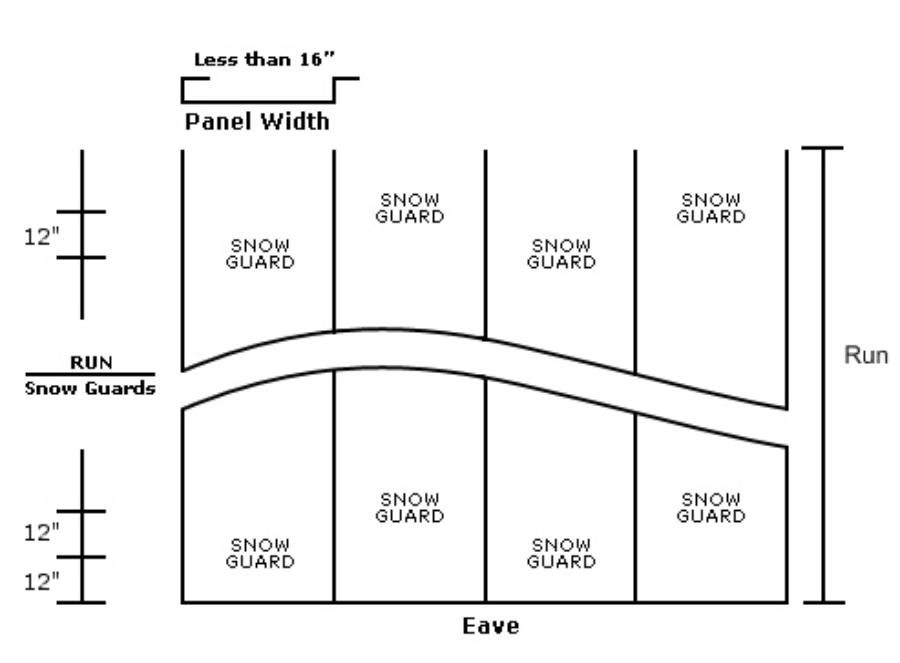
2. Adherence to the layout is paramount.
A proper snow retention system, regardless of attachment method, necessitates guards spanning the entire roof length, often requiring multiple rows ascending the slope to distribute weight evenly across the roof surface. Isolated placements, such as those just above doorways, walkways, or HVAC units, are prone to failure due to overloading, even with the sturdiest snow retention products.
3. Ensuring that upper roof areas shedding snow and ice from above also have snow guards installed is vital.
Considering ground snow load is equally essential in designing a snow guard layout. We advise against installing plastic pad-style snow guards on roofs in geographic regions with ground snow loads exceeding 45 psf, steering customers towards our snow rail systems instead. For more insights on these systems, explore our other blog posts, where we discuss them in depth.
We frequently receive feedback from customers regarding contractors and roofers dismissing our designs, claiming they "know what they are doing" with years of experience in the industry. They often suggest that our recommendations are excessive in order to boost sales. However, we also frequently hear from the same customers about system failures due to these overly confident installers. As the original product inventors over 25 years ago, we emphasize the importance of adhering to spacing recommendations and instructions to avoid redoing the job. Installing snow retention on your metal roof can be a big job with significant expenses. Still, it is even more expensive, if you need to do it twice.
Snow Guards Mounted With Adhesive Are Not Always Given The Correct Amount of Time To Cure
Most polycarbonate snow guards are popular with today's customers because they can be installed with adhesive, keeping them from needing to be installed in a manner that clamps to or penetrates the panels. Plastic snow guard opponents often point to adhesive-mounted snow retention methods as a recipe for failure. They couldn't be more wrong! A significant contributing factor in glue-down snow guard failures is not giving the glue a proper window of time and temperature to achieve a complete cure. Surebond SB-190, the industry standard for snow guard adhesive, requires approximately 28 days at or above 50 degrees Fahrenheit to achieve a full cure. That means the best time to install your snow guards is late spring or early summer. Unfortunately, this is the time of the year when people try to forget about snow and ice for a bit. Their minds are usually on warmer thoughts and activities. However, the problem with this mindset is that it kicks the can down the road, resulting in a flood of calls from customers in late September and early October who are racing to get snow retention on their roofs. We sell our products all over the USA and Canada, including Alaska. They often wait until the fall, when it is too late for customers in colder northern climates to achieve a proper cure. It is important to note that rain (after 24 hours) or temperatures below 50 won't hurt the glue but will pause the curing process and increase the curing time. This lack of planning inevitably leads to failures and angry customers. We may sound like a broken record here, but this is just another example of needing to do your homework. Don't be afraid to push back against your installer or contractor because you are the one who will be stuck paying for repairs in the event of a failure.
Adhesive-mounted snow guards are versatile, fitting various metal roofing styles and effectively serving your roofing needs. They mainly shine on floating standing seam metal roofs, where the screw-down type of snow guards aren't compatible. Aside from their practical advantages, these guards boast a sleek design that seamlessly blends with the roof's aesthetics, often going unnoticed. This helps to ensure your roof maintains its pristine appearance while benefiting from the added safety the snow guard system provides. Furthermore, beyond their durability, the adhesive mounting method enhances safety. In the rare instance of a failure, the guards detach from the panel without causing damage, allowing for effortless reattachment once temperatures rise above the curing temperature threshold. The unique ability of "fresh from the tube" SureBond SB-190 to cure on previously cured Surebond left behind further streamlines maintenance, eliminating the hassle of adhesive removal and simplifying reinstallation. Installing adhesive-mounted snow guards is a straightforward process, requiring no specialized tools or skills, saving time and reducing the risk of errors during setup.
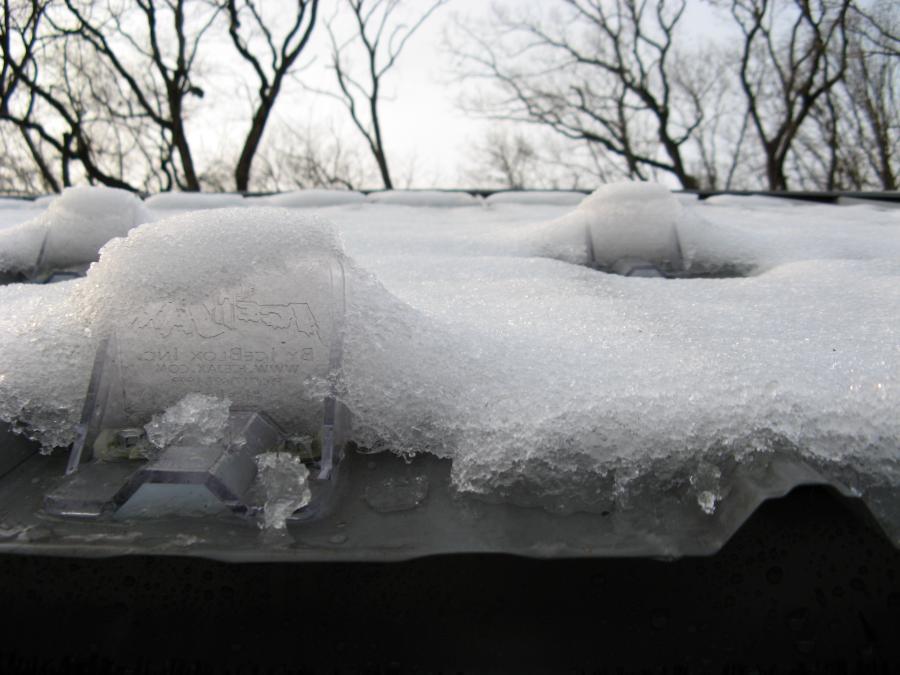
In conclusion, the short answer to the question "Are Plastic Snow Guards Any Good?" is "Yes, but not all of them".
Having shared our insights on plastic snow guards, polycarbonate snow guards stand out as a preferred option within the snow guard realm. They offer secure attachment, versatility, aesthetic appeal, reduced damage risk, straightforward installation, and cost efficiency. With spring looming, it's prudent to mark your calendar or set an alarm so you remember to install them during that optimal weather window. This will help you avoid panic when the first wintry gusts arrive. It's never too early to plan for roof protection against snow and ice hazards. For inquiries or orders, reach out to us at support@snojax.com or give us a call at 1-800-766-5291. We're here to assist! Before finalizing your purchase, check out our Snow Guard Buyer's Guide and What Works and What Doesn't page for invaluable insights.

